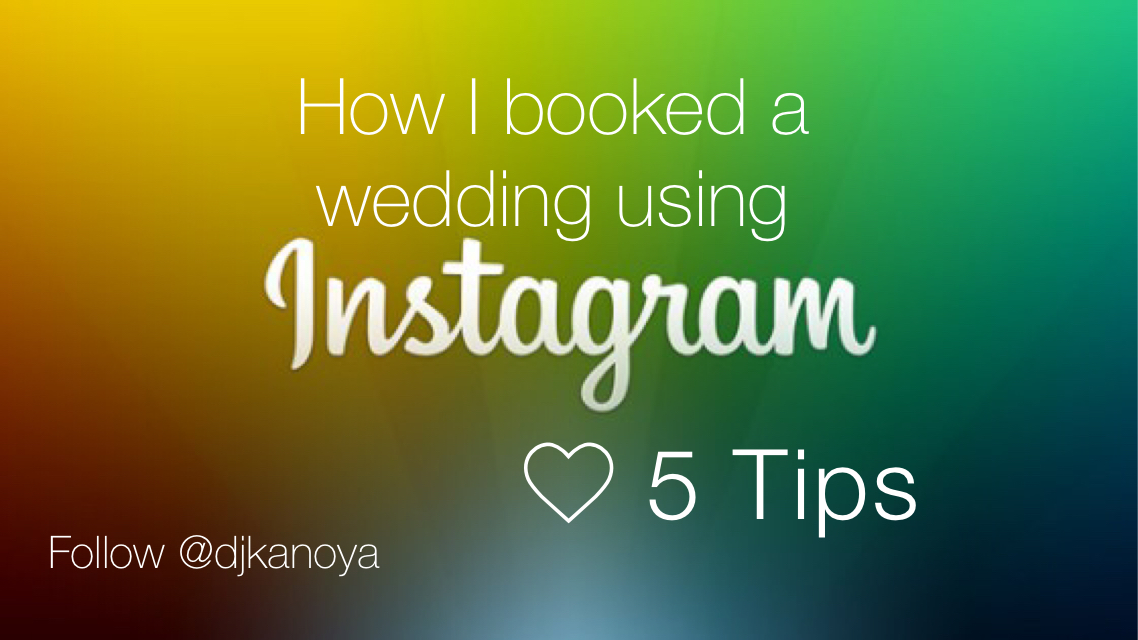My daughter, like many 10-year-olds and younger, has probably asked this simple one word question more than any other.
“Why?”
As adults we eye roll after this question is asked repeatedly, often because it’s the first in a series of “why” questions and the more it’s asked, the more the answer is not easy to come up with.
Perhaps it’s because we have not spent as much time considering “why,” and have not even been asking it to others.
I was recently part of a group that was asked about how we define ourselves as leaders, what characteristics define us as a leader and in what spaces should we choose to lead?
It was a group I was grateful to be a part of. It all started with an ominous invitation from my friends at Lululemon La Jolla. Other than being asked to meet at a train station at a specific time and to dress in layers, myself and a dozen or so others had zero idea of where we were going and what we were doing.
On the train ride, which started in Old Town San Diego, we were still clueless as to our final destination. We traveled north, along the San Diego coastline, meandering through stations in Sorrento Valley, passing stops in Solana Beach and Oceanside.
From our windows we watched surfers drop in on waves and as a group listened to a this keynote given by Simon Sinek at a Creative Mornings gathering in San Diego.
And finally, one hour into our journey we stepped off the train in San Juan Capistrano.
A short Uber ride later and our toes were in the sand at Doheny State Beach. After laying out blankets, LED candles and wishing we had brought boardshorts and surfboards, we sat around and engaged in the discussion of leadership.
In November 2016, I had the chance to go on an excursion with Lululemon staff and others to discuss becoming leaders in our own commmunities.
Becoming A Leader In Your Community
A major tenant of Lululemon is the idea of creating communities. Its stores around the world have designated staff who are tasked with building programs and events that incorporate the communities its store are in. This in addition to restocking the shelves with yoga pants, breathable shirts and other pieces of Luon.
We explored the idea of how we are leaders in our own communities. It became thought provoking for me, as I had to think about what “community” meant to me.
And while it may seem that community is relegated to a geographic area, workplace, social group, family or other numerous examples, the true answer is that it is whatever space you choose to lead.
Inspired by the Simon Sinek keynote we listened to, I researched some of his other stuff and found this Ted Talk.
In it, Sinek explains, your leadership must be built around the idea that you lead followers that are invested into WHY you do what you do … not WHAT you do or HOW you do it.
Finding Your Why
Sinek explains how individuals, companies and others fail at leadership because they get so caught up in selling themselves solely based on what they do and how they do it. As consumers when we are seeing everyone else explaining the same types products and services, our buying decisions are made on factors such as price and not quality. But when we understand our why -- and when our marketing leads with the “why” -- we filter out the people that are just looking to spend less. We begin to attract the people that care about why we do what we do. We inadvertently become leaders.
Look at this example for two DJ’s selling themselves.
DJ #1
WHAT: I am a DJHOW: I use my computer, turntables and speakers to play music at parties and events and for your event I will do this for $1,000.
DJ #2
WHAT: I am a DJ
HOW: I use my computer, turntables and speakers to play music at parties and events and for your event I will do this for $750.
Based on that information, who do you want to contract and pay? Without the explanation of why they are DJs -- the passion they may or may not have for what they do -- you would probably opt for the one priced less.
In this next example, and how I’m structuring my pitches, I add the “why” and reverse the order of the explanation process.
DJ Kanoya
WHY: I want to make things better. Whether that’s your wedding or special event or yoga class. I want to make that experience better for you and your guests.
HOW: By using music, I create a vibe and feeling for all the different moments that unfold throughout the event.
WHAT: And I get to do this because I am a DJ.
Potential clients will be attracted to your why. And not only will paying customers be attracted to that why, but others who share your thought process will gravitate toward you because they want to be led by another like minded individual.
Finding My Why
On multiple levels this past year has been incredibly enlightening -- as a DJ, entrepreneur, parent, friend, husband, etc. I’ve spent many grateful hours with other DJs in person and online discussing ways to be more successful. But on this particular day, here I was sitting on a beach, and I looked around where I was surrounded by a photographer, a handful of yoga teachers, other self-employed entrepreneurs, an individual that works for a non-profit and of course Lululemon staff. It was refreshing to know that coming up with ways to build my own business and to be successful and to become a leader didn’t need to to stem from a discussion with other DJs or other people in my industry.
In fact, everyone in that circle was picked because we were likely channeling our “why.” We are choosing to be leaders in our communities. But it’s our “why” that brings us together.
A sampling of the group:
Kat Gunsur is more than an employee of a non-profit organization … she wants to raise awareness of Crohn’s disease and ulcerative colitis throughout the endurance race community and gets to do so as the National Endurance Manager for Team Challenge.
Todd LeVeck is more than a photographer … he loves to tell stories and gets to do so because he has a way of telling his stories through his art.
Jenna Zabrosky is more than a yoga teacher … she’s been told by others that she goes out of her way to make those that walk into the studios she teaches at feel welcome. Others pick up on that and in turn lift the people around them. She leads by example and is in a position to do that because she teaches yoga.
And I am more than a DJ …. I love inspiring change, whether that is through music at an event I am spinning at or helping other DJs and entrepreneurs find their own path to success, and I get to do that because I am a DJ.
It’s not about what we do. It’s about why we do it.
Maybe my daughter had it right after all Because she knows the most important question to ask is “why?”

























